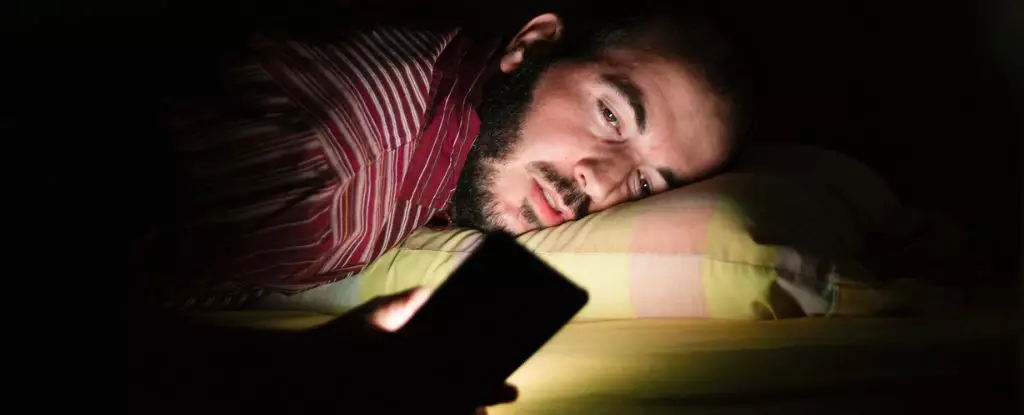Artificial light has become an essential part of modern life, with the proliferation of lightbulbs, smartphones, and other devices that emit light. However, recent research suggests that exposure to artificial light at night may have negative consequences on health, specifically on the risk of developing type 2 diabetes.
The study in question involved nearly 85,000 participants between the ages of 40 and 69 who wore light-tracking devices on their wrists for one week. The results showed that individuals exposed to light between 12:30 am and 6:00 am had a higher risk of developing type 2 diabetes. Specifically, those in the top 10 percent for light exposure at night had a 67 percent higher risk compared to those in the bottom 50th percentile.
The study revealed a dose-dependent relationship between exposure to bright light at night and the risk of metabolic disorders like type 2 diabetes. This association was present even after controlling for factors like sleep patterns, sex, genetic risk for diabetes, diet, physical activity, and alcohol use. The findings suggest that avoiding exposure to artificial light at night could be a simple and cost-effective way to reduce the global burden of type 2 diabetes.
While the exact mechanism behind the link between artificial light at night and type 2 diabetes risk is not fully understood, researchers speculate that disruptions to circadian rhythms play a role. Exposure to artificial light can interfere with melatonin production, which helps regulate the circadian rhythm. This disruption may lead to reduced glucose tolerance, altered insulin secretion, and weight gain, all of which contribute to the development of metabolic disorders.
Despite the implications of the study, there are several limitations that need to be addressed. Meal times, socioeconomic factors, and individual differences in light sensitivity were not fully accounted for. Additionally, the study focused on older adults, raising questions about the generalizability of the findings. More rigorous research is needed to understand the precise impact of light at night on circadian rhythms and metabolic health.
The researchers suggest that avoiding exposure to artificial light at night may be a simple way to reduce the risk of developing type 2 diabetes. While more studies are needed to confirm these findings, adopting healthy sleep habits, minimizing light exposure before bed, and spending time in natural light during the day could help regulate circadian rhythms and promote overall metabolic health.
The relationship between artificial light at night and type 2 diabetes risk is an area of growing interest in the scientific community. By understanding how light exposure affects circadian rhythms and metabolic processes, we may be able to develop targeted interventions to improve public health outcomes. More research is needed to confirm the findings and explore potential mechanisms behind this association.


Leave a Reply